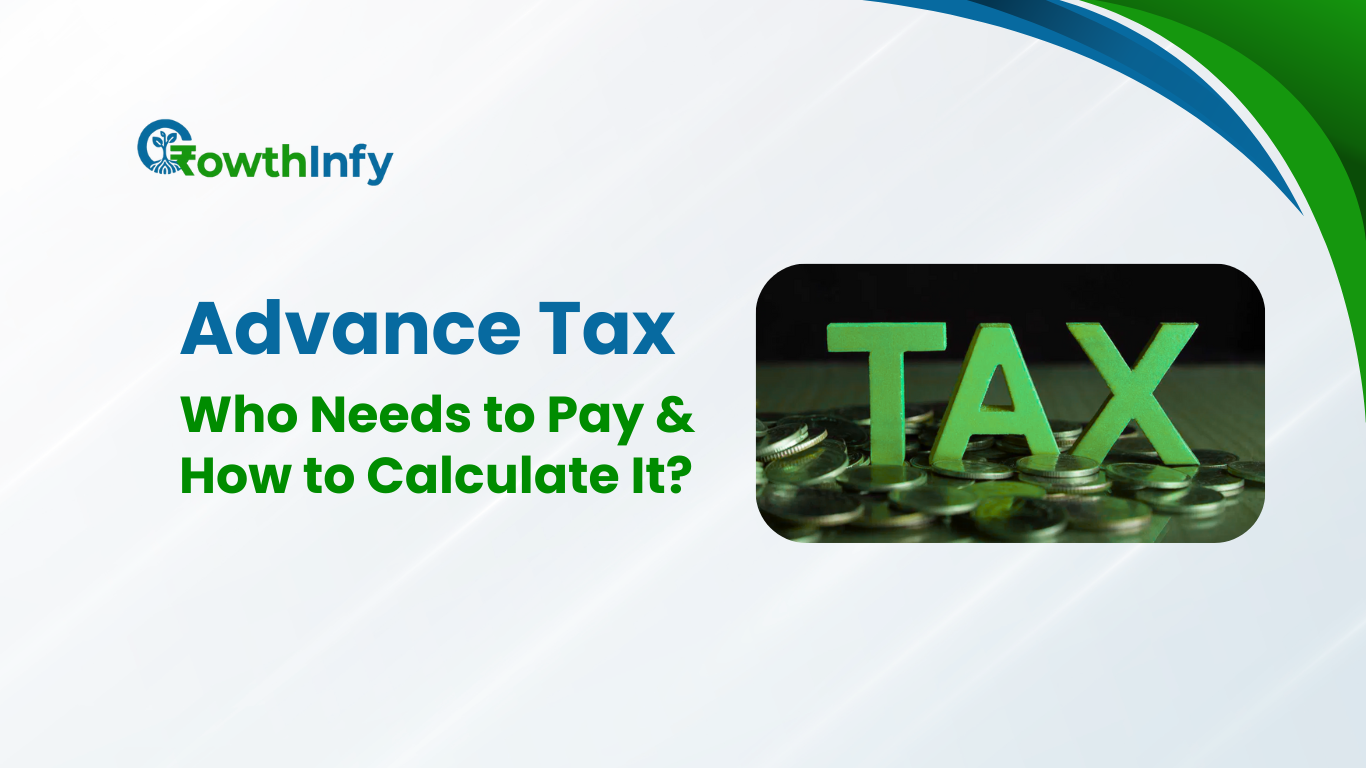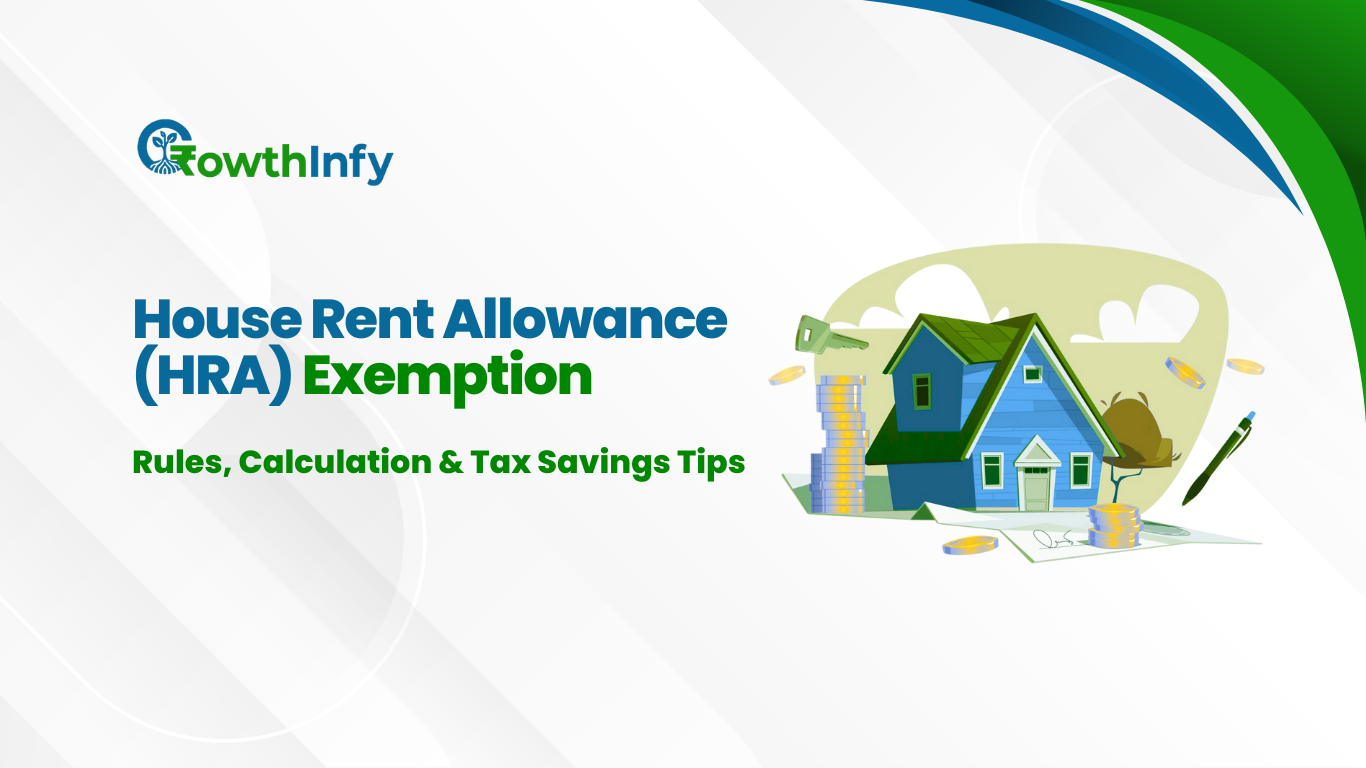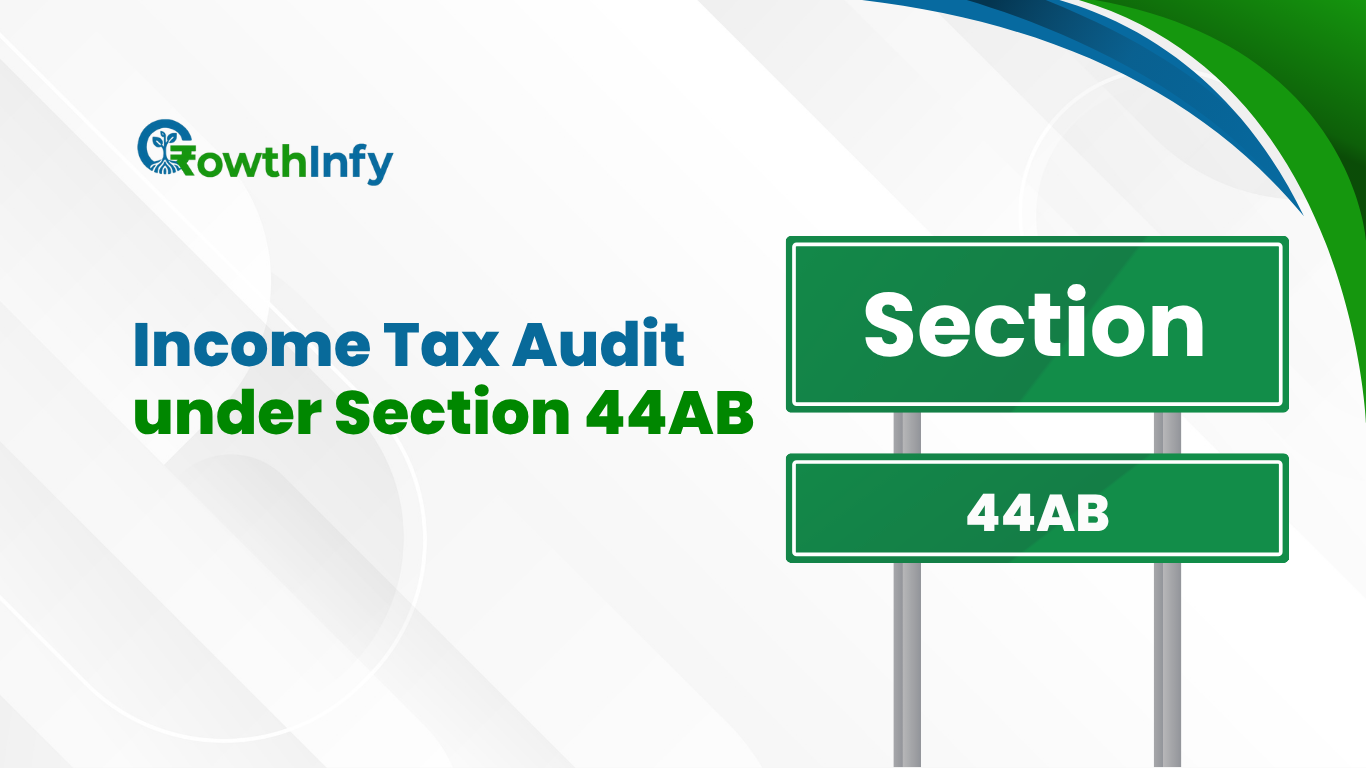Advance Tax: Who Needs to Pay and How to Calculate It?
The concept of advance tax payment is an important component of India’s tax system that is not only reliable for the government, but also allows taxpayers to manage their tax liabilities more efficiently. Also known as a “pay-as-you-earn” tax, advance tax means that taxpayers pay tax on income as they earn it, rather than in one lump sum at the end of the financial year. This article aims to explain who is required to pay advance tax, how to calculate advance tax, and how to make the advance tax online payment, and also includes important due dates for FY 2025-26.
What is Advance Tax Payment?
Advance Tax is income tax that is paid in installments through the financial year based on estimated income. It is important to taxpayers, businesses, and other persons whose total tax liability is likely to exceed ₹10,000 in a financial year as defined in Section 208 of the Income Tax Act, 1961, It helps ensure that taxpayers will not have a large tax burden sustained at the end of the year and that the government will be guaranteed revenue on a consistent basis through the year.
Unlike paying self-assessment tax, which can come after the years end, advance tax is deducted as taxpayer earns income. Advance tax covers income earned from various sources for example business, profession, capital gains, rent, interest, or lottery wins when TDS is not enough to meet tax liability.
Who Needs to Pay Advance Tax?
Advance tax applies to various categories of taxpayers whose estimated tax liability for the financial year exceeds ₹10,000. Below are the key groups liable to pay advance tax:
- Salaried Individuals: Most salaried employees have TDS deducted by their employer. However, if they have any additional income in the form of capital gains, rental income, and/or interest from fixed deposits, and their total tax liability is over ₹10,000 after TDS, then they must pay advance tax.
- Freelancers and Professionals: Self-employed individuals, for instance: doctors, lawyers, architects, or freelancers, who have a tax liability over ₹10,000 and where TDS is not deducted must pay advance tax.
- Businesses and Partnership Firms: Companies, partnership firms, and LLPs with tax liability over ₹10,000 must pay advance tax. Businesses (like in sections 44AD and 44ADA) that follow the presumptive taxation will have to pay 100% of the advance tax by March 15.
- Non-resident Indians (NRIs): NRIs earning capital gains, rents, etc. in India exceeding ₹10,000 in terms of tax liability are bound to pay advance tax.
- Senior citizens: Resident senior citizens (aged sixty or above) not having any business or professional income are not bound to pay advance tax. However, if you have business income then you have to follow.
How to Calculate Advance Tax?
Calculating advance tax involves estimating your total income for the financial year and determining the tax liability. Follow these steps to calculate it accurately:
- Estimate Total Income: Combine all sources of income including salary, business, profession, capital gain, rent, interest and dividends.
- Deduct Amounts Eligible: For freelancing or business you can deduct rent and internet bills or depreciation to obtain net income.
- Apply Deductions: Consider deduction available under section 80C, 80D or any deductions applicable under the previous regime to arrive at taxable income.
- Calculate Tax Liability: Calculate applicable income tax slab rates along with surcharge (if any) and 4% cess.
- Reduce TDS/TCS: Reduce the amounts of tax already deducted / Tax Collected at Source (TCS) or expected to be deducted from your tax liability.
- Determine Advance Tax: Pay advance tax if total net tax liability is greater than ₹10,000 in the instalments as per due date will
For example, if a freelancer estimates a taxable income of ₹10,00,000 with no deductions, the tax liability (assuming the old regime) would be approximately ₹1,12,500. After subtracting any TDS, the remaining amount is paid as advance tax in installments.

Due Dates for Advance Tax Payment (FY 2025-26)
Advance tax is paid in installments, with due dates and a percentage of the total tax due for each installment. The due dates and advance tax percentages for FY 2025-26 are:
Due Date Amount of Tax Due
- June 15, 2025 – 15% of total tax due
- September 15, 2025 – 45% of total tax due (less any amount already paid)
- December 15, 2025 – 75% of total tax due (less any amount already paid)
- March 15, 2026 – 100% of total tax due.
Taxpayers who are subject to presumptive taxation (Sections 44AD and 44ADA) may pay by March 15, 2026, although they are permitted to pay by March 31, 2026.
NOTE: The CBDT Circular No. 676 establishes that if June 15, 2025 is a Sunday, a taxpayer may pay the advance tax on the next day, June 16, 2025 without penalty.
How to Pay Advance Tax Online?
Making an advance tax online payment is simple and convenient through the Income Tax Department’s e-filing portal. Follow these steps:
- Go to the e-filing portal and click on “e-Pay Tax” in the “Quick Links.”
- Insert your PAN, reinsert the PAN, along with your mobile number. Confirm the process via the OTP received on 6 digit number code.
- Select “Income Tax”, and select “Advance Tax (100)” as the payment type, for Assessment Year 2026-27.
- Type in your tax amount, select your payment option (net banking, UPI debit card, RTGS/NEFT), and hit “Pay Now”.
- On successful payment, you must remember the Challan Identification Number (CIN) and BSR code, which you will need when filing your ITR.
The e-Pay Tax facility supports payments through authorised banks like Axis Bank, HDFC Bank, SBI, and others. Ensure payments are made before the daily cut-off time (1:30 PM IST) to avoid delays.
Penalties for Non-Payment or Late Payment
Failing to pay advance tax or paying less than the required amount attracts penalties under the Income Tax Act:
- Section 234B: If 90% of your tax liability is not paid by March 31, interest at a rate of 1% per month will be payable on the amount of shortfall from April 1, until the time the amount is paid.
- Section 234C: Interest at a rate of 1% per month is charged for delays in the installment payments assumed to be that percentages planned for payment.
Where you do the right thing on time, you are unlikely to incur such penalties. Ultimately, if you comply with the requirements of the tax act on time, tax management will be easier, and you eliminate your tax liability risk.
Benefits of Paying Advance Tax
Paying advance tax offers several advantages:
- Better Cash Flow: Distributing tax payments throughout the year means you do not have to face a bulk installment at the end of the year.
- Avoid Recognized Ignorance: Paying on time prevents interest penalties i.e. favorable under Sections 234B and section 234C against interest.
- Refunds: For excess advance tax paid is refunded on ITR processing, with refund payments at least reasonably faster now than in processing was slower initially.
Common Mistakes to Avoid
- Estimating Income Incorrectly: Underestimating income can result in penalties. You can properly estimate your income by using tools available, like the Advance Tax Calculator from the Income Tax Department.
- Missing Due Dates: Payment after the due date will attract interest. You can mark your calendar for June 15, September 15, December 15, and March 15 to avoid this.
- Ignoring TDS: Always subtract TDS from your salary when calculating advance tax to avoid overpayment.
- Incorrect Challan Details: Ensure that the PAN and assessment year details are accurate to prevent payment issues.

Conclusion
Advance Tax Payment is an essential responsibility for taxpayers who have a tax liability greater than ₹10,000; it supports coercing compliance and financial discipline on the taxpayer’s part. The processes involved with determining who should be paying, prompted based on proper calculations, due dates for indicative FY 2025-26, encompassed by the payment of advance tax for their total tax liability, constitute very helpful safeguards against penalties and tax management. The advance tax online payment system also reduces friction for payers by creating a more accessible, less frustrating experience. Think ahead, use reliable processes, and consult with professionals if necessary, so that you can effectively manage your advance tax obligations.





Pingback: Section 44AB of Income Tax Act: Criteria, Report & Penalties - Growthinfy